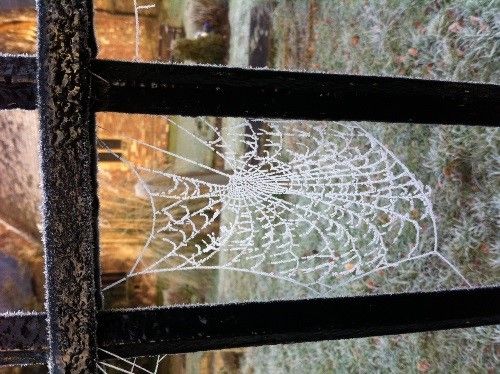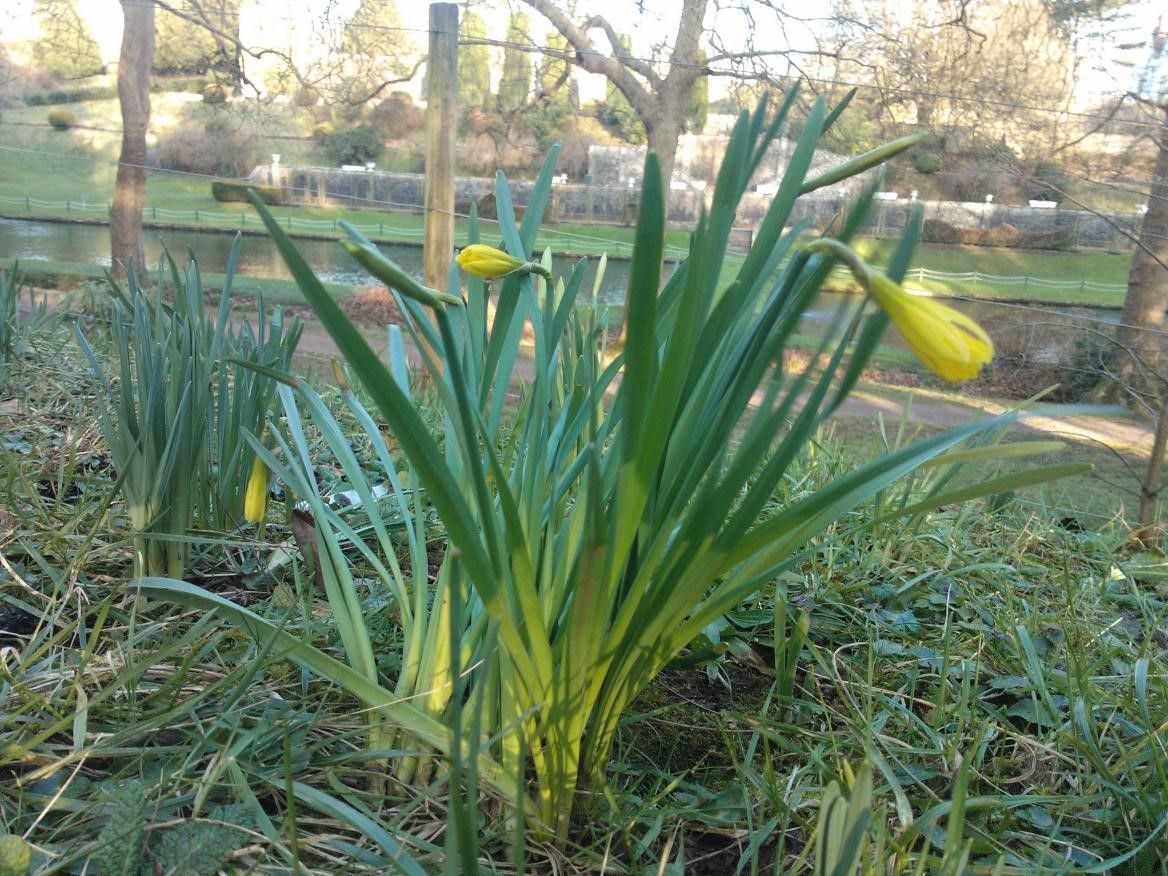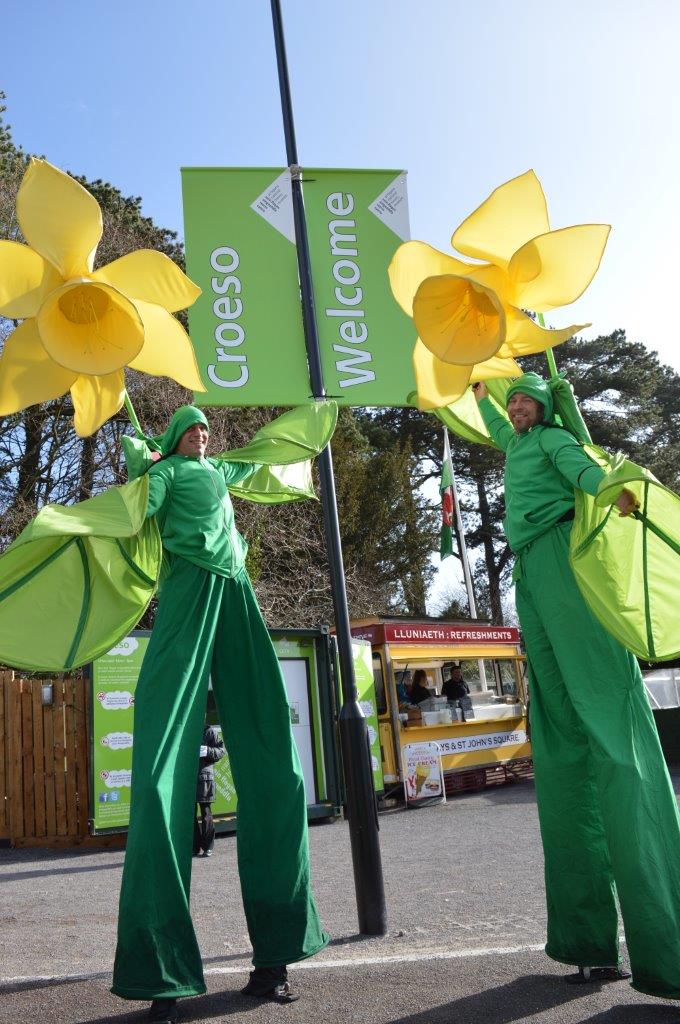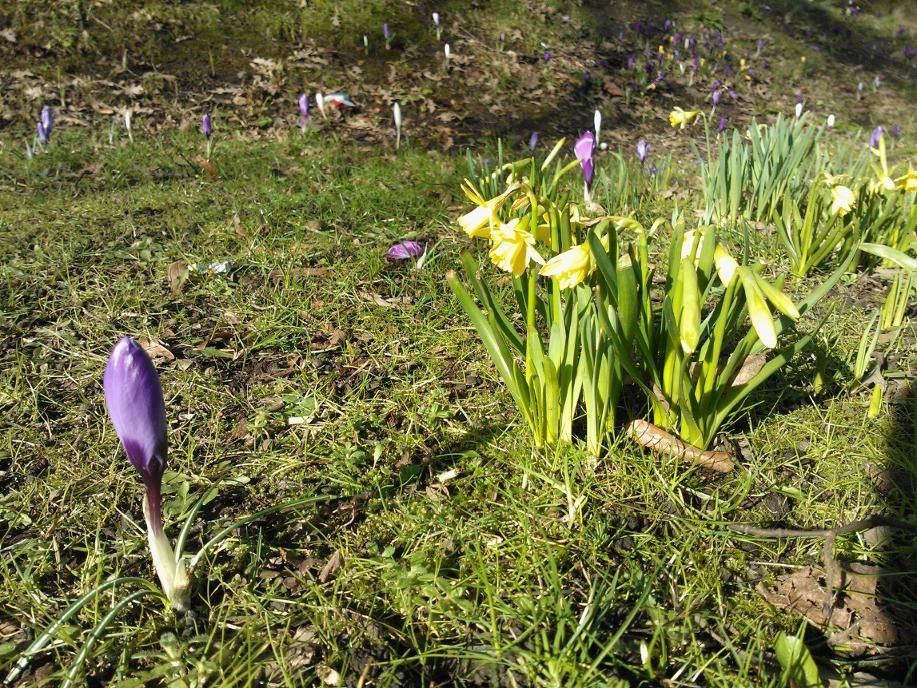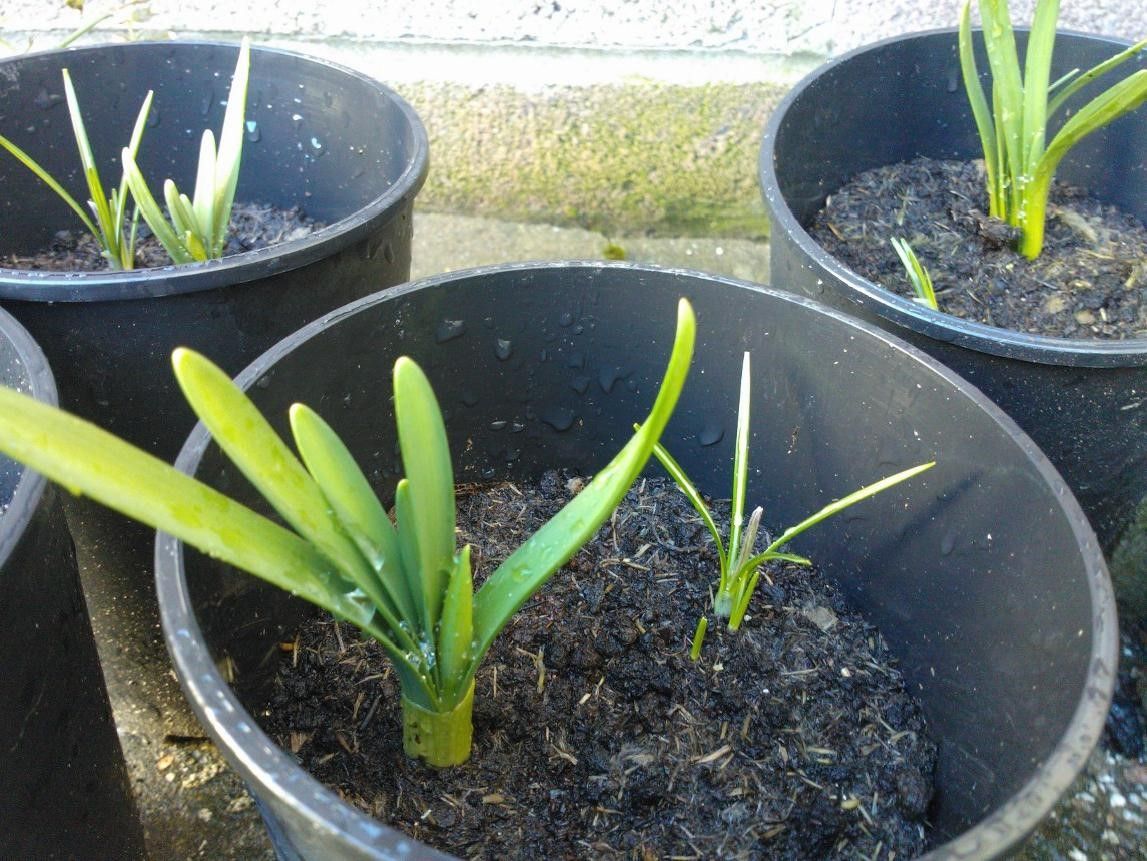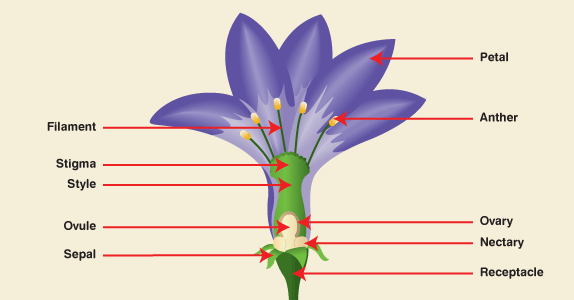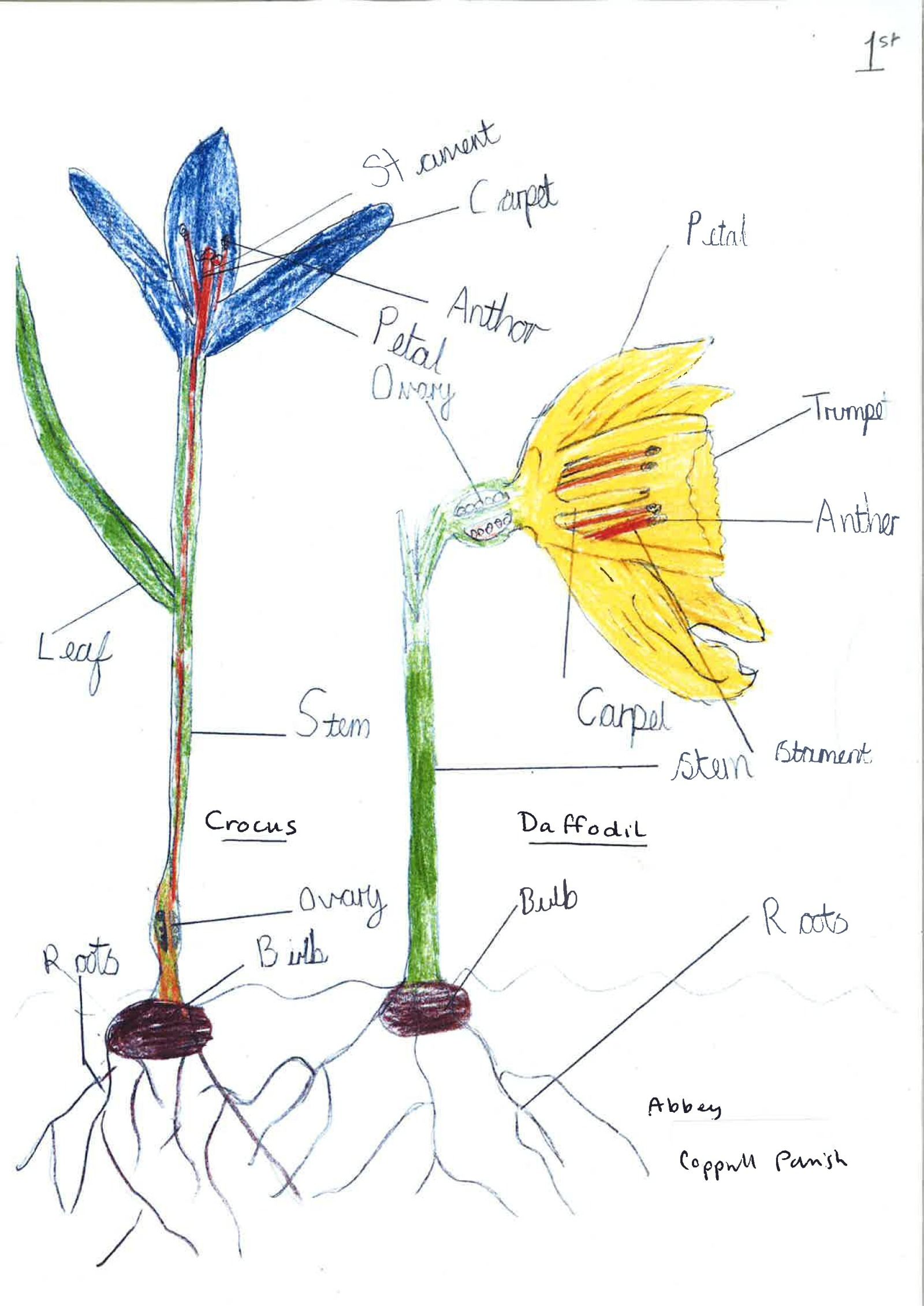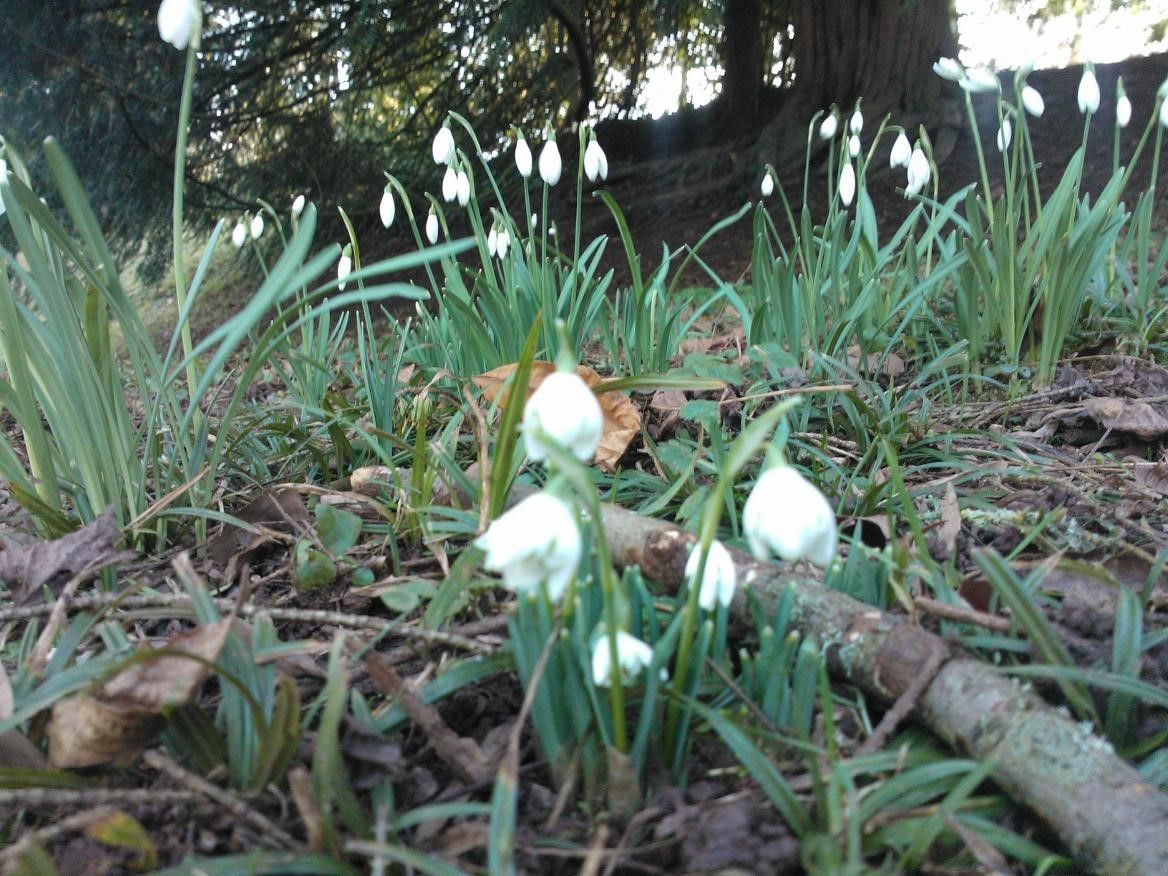Dim ond pythefnos i fynd Cyfeillion Gwanwyn!
, 13 Mawrth 2015
Helo Gyfeillion y Gwanwyn,
Wel, rydych chi wedi bod yn brysur! Rwyf wedi derbyn 75 o gofnodion blodeuo dros yr wythnos ddiwethaf, sy'n creu cyfanswm o 175 planhigyn wedi blodeuo!
I'r rhai ohonoch sy’n dal i aros am eich blodau dyma rai awgrymiadau:
- Bydd eich planhigyn wedi blodeuo pan fyddwch yn gallu gweld yr holl betalau, heb y casyn allanol sy'n eu diogelu tra eu bod yn datblygu (gweler y llun ar y dde).
- Cofiwch fesur mewn mm!
- Mesurwch o bwynt uchaf y pot i bwynt uchaf y blodyn.
- Cofiwch gofnodi'r dyddiad wrth rannu gwybodaeth flodeuo ar wefan Amgueddfa Cymru!
- Gadewch sylwadau wrth wneud cofnodion, dyma eich cyfle i ddweud wrthyf beth ydych chi wedi’i fwynhau neu beidio am y project!
- Rhannwch eich lluniau! Rwyf wedi rhannu lluniau ysgolion ar Twitter. Os nad yw eich ysgol yn defnyddio Twitter gall eich athro neu athrawes e-bostio lluniau i mi.
Does dim llawer i fynd nawr! Dim ond dwy wythnos o gasglu a chofnodi data tywydd sydd ar ôl!
Cofiwch, y 27ain o Fawrth yw'r diwrnod olaf i gofnodi eich data tywydd. Mae'n rhaid i chi wneud hyn er mwyn ennill eich tystysgrifau Gwyddonydd Gwych a chael cyfle i ennill taith natur yn yr amgueddfa!
Daliwch ati Gyfeillion y Gwanwyn,
Athro’r Ardd
Eich cwestiynau:
Your comments:
The Blessed Sacrament Catholic Primary School: We were very excited this week as there were lots of buds on our crocuses. The weather has been getting warmer and today the first crocus flowers opened in the sunshine and we had to measure them carefully, H and J. Prof P: Well done H and J! I hope you have enjoyed studying the development of your plants. There are other experiments you can do that demonstrate how your flowers respond to light and heat. I will send these to your teacher but you can also find them on the website under ‘Professor Plant’s investigation ideas’. Keep up the good work!
Rivington Foundation Primary School: On Monday we had snow! And on Thursday we were on a school trip. Prof P: Well Rivington Foundation Primary School, you’ve had quite an exciting week! And you still managed to document your weather records, thank you very much!
Stanford in the Vale Primary School: Still no sign of bulbs in pots flowering yet, we think the ones in the ground are doing better, as the roots have more space to grow, unlike the pots which have restricted space! It’s lovely and sunny here today, with a good sunny forecast for the weekend. When we return to school on Monday we should hopefully start to see our bulbs flowering. Prof P: Hi Stanford in the Vale Primary, I’m pleased to hear that you are observing other plants and discussing the effects of environment on growth and development. I hope the sun over the weekend spurs on your plants, it shouldn’t be long now so watch them closely!
Our Lady of Peace Primary School: The bulb's still have not came out yet but one of them is almost out. Prof P: It shouldn’t be long now Our Lady of the Peace Primary! Watch the flower buds carefully to see how they open. The spathe will begin to split lengthways as the bud grows! If your teacher has a camera you might be able to take pictures that show the different stages of the bud flowering!
Thorn Primary School: We are very sorry but we were unable to submit plants data this week as there was building work taking place at school and we could not safely get to the thermometer and rain collector. We will be fine to collect our data this week. Prof P: Thank you for letting me know Thorn Primary School, and not to worry! I look forward to seeing your data next week.
Our Lady of Peace Primary School: My name is T and my flower was first to open. It was outside when it opened but when we brought it inside it opened even more. We were amazed. Even our teacher was amazed. Prof P: Hi T. I’m glad that you have been studying your plants so closely, they are fascinating things! Did you discuss why the flower reacted to being moved inside? I suspect your classroom was a lot warmer than the playground!!
Swiss Valley School: Hello how do we record the mystery bulbs please? Prof P: Hi Swiss Valley School. You can record the mystery bulbs flowering dates for your own records in the class room, but there is no need to record them on the NMW website. Schools that are taking part in the Edina Trust extension projects were given an extra 20 daffodil bulbs to plant in the ground, and those schools are asked to document the flowering dates for these on the Edina Trust website. This is so that they can compare the flowering dates of those in the ground to those in pots and think of reasons why these might be different. Have you noticed differences in the development of your mystery bulbs to your bulbs in pots? Can you think of reasons for this?
Ysgol Iau Hen Golwyn: We enjoyed measuring them. Prof P: I’m glad to hear that you are enjoying the project Ysgol Iau Hen Golwyn! Keep up the good work.
Stanford in the Vale Primary School: All our crocus have flowered and they are looking so pretty. What a lovely week of warmer weather, and finally the rain came today, we are so in need of more rain.....we looked at the weather data as a group and noticed Oxfordshire have had little rain this year! Prof P: Hi Stanford in the Vale Primary. What a lovely post, and it’s nice to see a positive spin on rain! I’m glad that you are using the resources on the map to study readings from other schools! You can also use the Met Office WOW website to look at readings in other areas.
